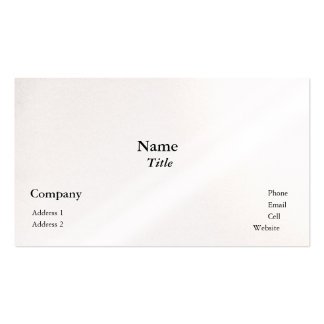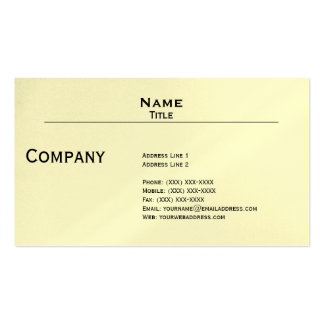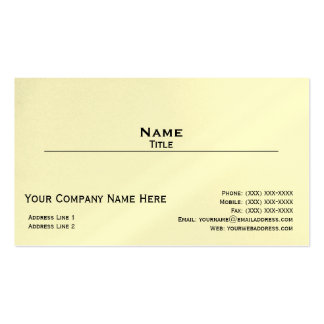Step 1: Research your favorite industry to track recent business trends. If you want to buy a hardware store, for example, then your target market includes homeowners and contractors. If homeowners are spending money on remodeling and repairs, then a hardware store has a better chance of earning a profit.
Step 2: Research the different franchise opportunities within your chosen industry. Eliminate those that do not meet your criteria. For example, some franchise owners must pay the licensing company a percentage of their monthly sales on top of the franchise fee. It can add up to a tidy sum over the years. This money could be reinvested to grow the business if you chose a franchise agreement that did not demand royalties.
Step 3: Choose the franchise that you believe is the best fit for your goals. You might prefer to consult with an accountant or attorney who specializes in this field for a professional opinion, as buying an existing franchise is a major investment.
Step 4: Contact franchise owners in your area for their unbiased view of the company. Their input might alert you to potential problems not addressed in the franchise business plan.
Step 5: Visit the licensing franchise corporate website to learn how to submit an application. Some companies have the application available for immediate download.
Step 6: Submit the franchise application and any accompanying documentation.
Step 7: Examine the disclosure documents sent to you upon acceptance by the licensing company. These documents explain your legal obligations as a franchisee. The Federal Trade Commission provides information about disclosure documents.
Step 8: Notify the franchise representative that you are ready to choose a territory. An advantage to buying a franchise is having a protected territory. When choosing a territory, research foot traffic and vehicle traffic as well as neighborhood demographics. For example, putting a dinner theater in a downtown business district might not be the best choice, as these areas are nearly deserted after 5 p.m. and on weekends. However, a luncheonette that serves the workers and delivers to nearby offices could be lucrative.
Step 9: Complete and sign the franchise agreement. Obtain a bank cashier check for the franchise fee. Some licensing companies accept a partial franchise fee and finance the rest. Refer to the disclosure documents for guidance. Sometimes the franchise fee or deposit is non-refundable.
Step 10: Contact the franchise representative or corporate office to arrange for classes and/or on-site training. This is another benefit of buying a franchise as opposed to starting a business without any assistance.
Step 11: Complete the remaining parts of your franchise contract, such as buying inventory and supplies to open your shop. If the existing franchise already has adequate inventory, then check your contract to ascertain whether there is a requirement for an initial minimum purchase, or if you can delay purchasing inventory until a later date.











No comments:
Post a Comment